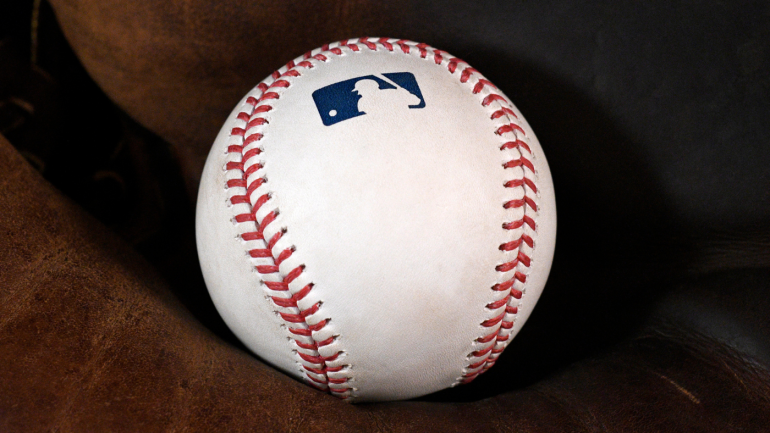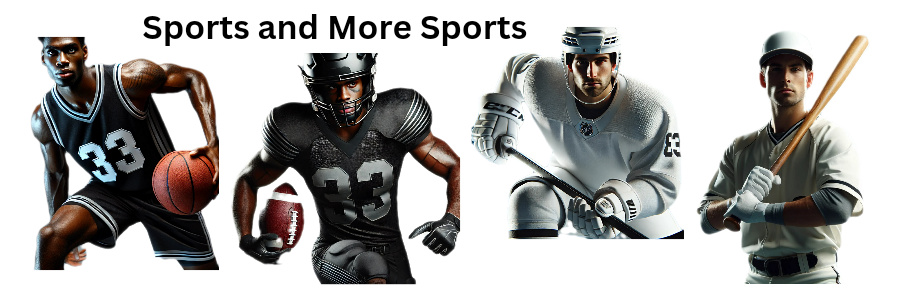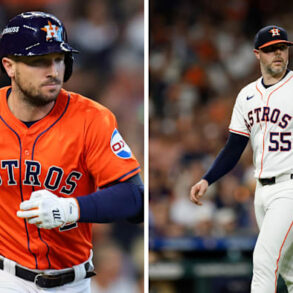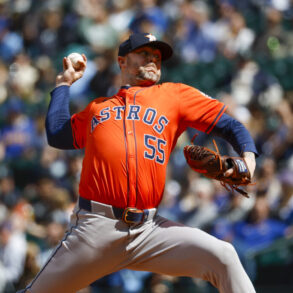
Major League Baseball passed two new rules changes unanimously through the competition committee on Tuesday, reports The Athletic. The changes are more like minor tweaks, however, and the on-field product won’t really look different in 2025 compared to 2024 as a result.
Let’s take a look.
Tightening the shift rule
As most baseball fans know by now, the extreme shifts we were seeing a few years ago are now banned. Teams must not have more than two infielders on either side of second base when the pitch is thrown. Teams will go as far as they can when scouting calls for it, but the days of stacking three infielders on the right side against heavy-pull lefties are over.
If a player was deemed to have violated the rule — it would be a second baseman or shortstop crossing second too early — the penalty in the past was either accepting the result of the play or getting an automatic ball for the batter. The new rule is much tougher on the defense.
The rule change now says that a team violating the shift rule will see the batter granted first base for free and any baserunners will move up a base. The fielder would be charged an error while the batter doesn’t get a plate appearance.
Obviously, this is quite the deterrent.
Purposely over-running a base
The next change is to combat a play that had been employed by a few teams in 2024, notably the Yankees. The scenario here to consider when there are runners on first and third with two outs and there’s a groundball that causes the defense to grab the force play at second to end the inning. If there’s to be a close play at second, teams were teaching runners to not slow down and just keep running past the base as if it were first.
The theory was that if the player beat the throw at second and was ruled safe, the runner on third base would then score a run before the third out. Inevitably the runner going through the bag at second would then be ruled out of the baseline and the third out, but the run would still count.
The rule tweak here gives the replay official the ability to rule whether or not the runner heading through second base in this scenario has abandoned the baseline before the runner scores. If so, the run would not count.
Again, it’s a small tweak, but it eliminates the ability for teams to try and game the system here and sneak a run across the board. Instead of just sprinting through the bag like it’s first base, the runners will need to go back and treat the play like they normally would at second and either hold the bag or round it and head toward the next base.
This post was originally published on this site be sure to check out more of their content.





